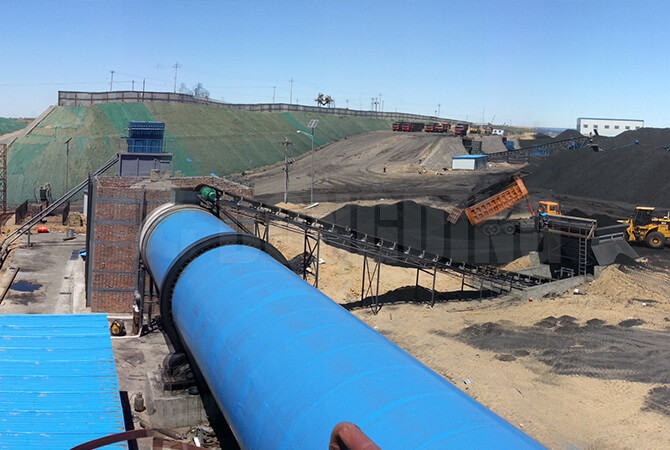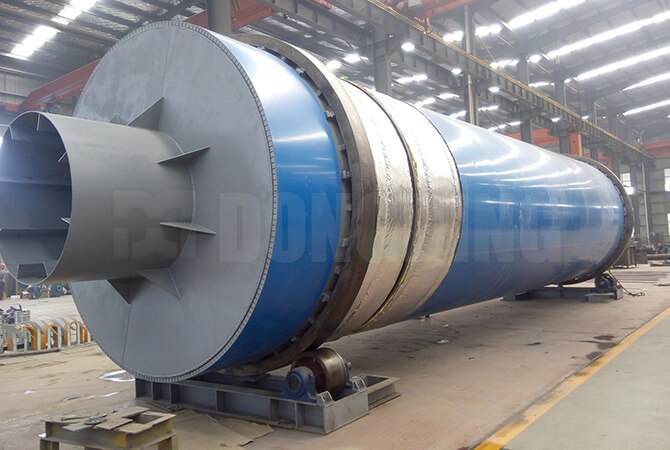Sludge Dryer
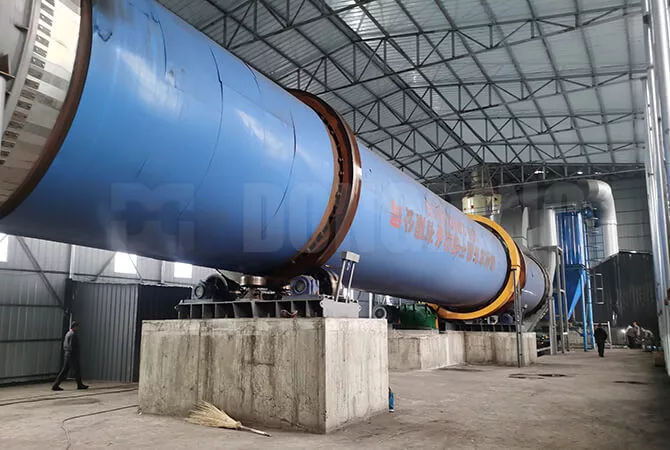
Sludge Dryer Introduction
With the acceleration of industrialization and urbanization, and the improvement of national environmental awareness, the output of municipal sludge is increasing day by day. The problem of sludge disposal and utilization is increasingly concerned by people. The stacking and landfill treatment methods of sludge have caused serious secondary pollution of water resources and land.
The sludge dryer is a specialized drying equipment for slurry, which is designed and developed for materials with high moisture content, high viscosity, high water holding capacity, and low calorific value. The sludge dryer can dry materials with a water content of 90% to finished products at one time. The internal structure of the slurry dryer is specially designed, which not only improves the thermal efficiency, but also effectively avoids the adhesion and over-drying of the sludge inside the dryer.
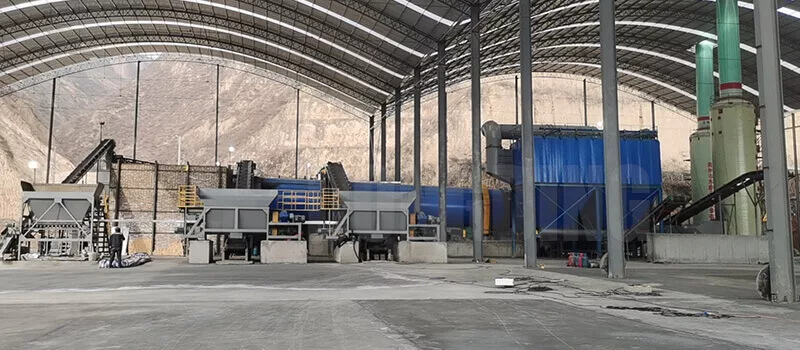
Sludge Dryer Features
1. The waste heat from boiler flue and boiler steam can be used as heat sources, greatly reducing project operating costs.
2. Automatic temperature monitoring and control system, making system operation more convenient.
3. Special material lifting and spreading device ensure high efficiency in material and gas exchange.
4. Adopt the co-current drying process of materials and hot air flow, which has a wide range of applications and maintains the original activity of materials.
5. The sludge dryer adopts a new transmission device, saving nearly 20% of coal consumption.
Sludge Dryer Application
The sludge drying system can be used to dry various sludge materials such as urban municipal sludge, sewage sludge, petrochemical sludge, paper-making sludge, printing and dyeing sludge, electroplating sludge, and biological fermentation slag. The drying treatment of sludge makes it possible for sludge to be used as fuel, for agriculture, incineration, and even to reduce landfill sites.
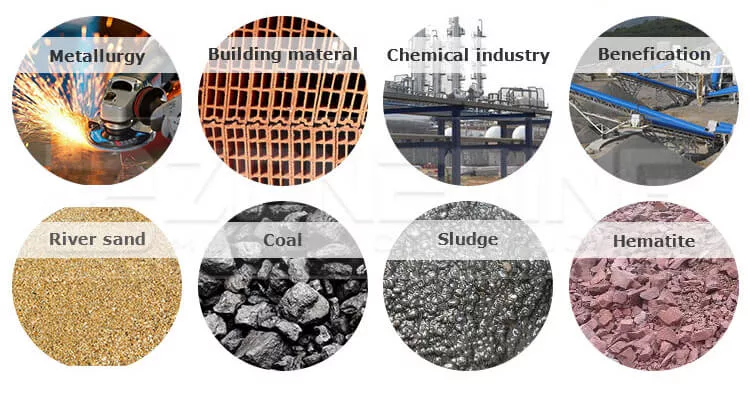
Sludge Drying System Composition
The sludge drying system is mainly composed of dewatering machine, induced draft fan, dispersing device, belt feeding machine, rotary drum dryer, heating equipment, belt discharging machine, unloader and power distribution cabinet. Therefore, the working area of the sludge dryer includes discharge area, inclined lifting plate area, cleaning area, and material guiding area.
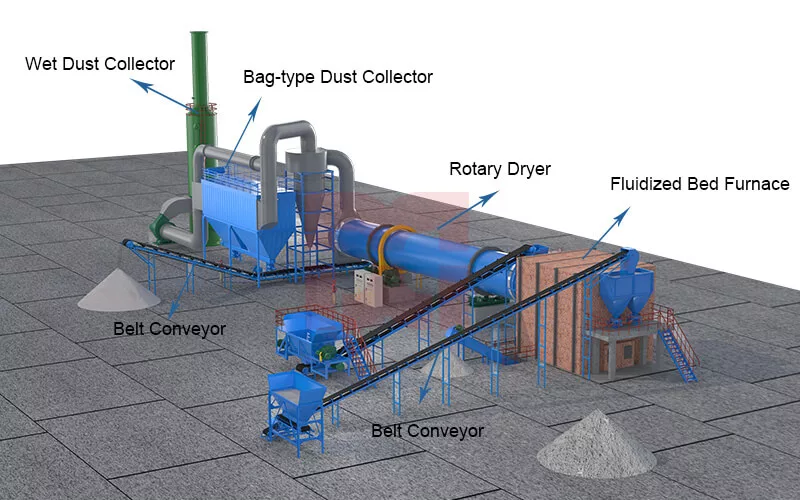
Sludge Dryer Machine Working Principle
The sludge enters into the rotary dryer through the feeding machine. As the cylinder rotates, the sludge is guided to the inclined lifting plate and then lifted to the top of the cylinder, and gradually falls to form a material curtain. High temperature airflow passes through it, causing the sludge to preheat and evaporate some moisture. When the sludge falls and moves to the movable grate wing, the material is mixed with the preheated grate wing, transferring heat to the material and causing some of the water to evaporate. At the same time, the material carried by the wing plate is lifted and sprinkled multiple times, and the material exchanges heat with the hot air flow. The cleaning device sweeps away the materials adhering to the inner and outer walls of the lifting plate. With the continuous rotation of the cylinder, the sludge is further dried. The cleaning device also breaks up the sludge particles, improving the drying speed. After the sludge is dried, it becomes loose material with low moisture content and is discharged from the discharge port.
Sludge Dryer Machine Working Video
Sludge Dryer Technical Parameters
Model | Drum Size | Capacity | Initial Moisture | Final Moisture | Total Power |
DDNLG1618 | Φ1.6*18m | 3-5T/h | 80±5% | ≤10% | 57kw |
DDNLG1818 | Φ1.8*18m | 5-7T/h | 60.5kw | ||
DDNLG2022 | Φ2.0*22m | 7-10T/h | 80kw | ||
DDNLG2224 | Φ2.2*24m | 10-15T/h | 95kw | ||
DDNLG2522 | Φ2.5*22m | 15-20T/h | 108.5kw |

